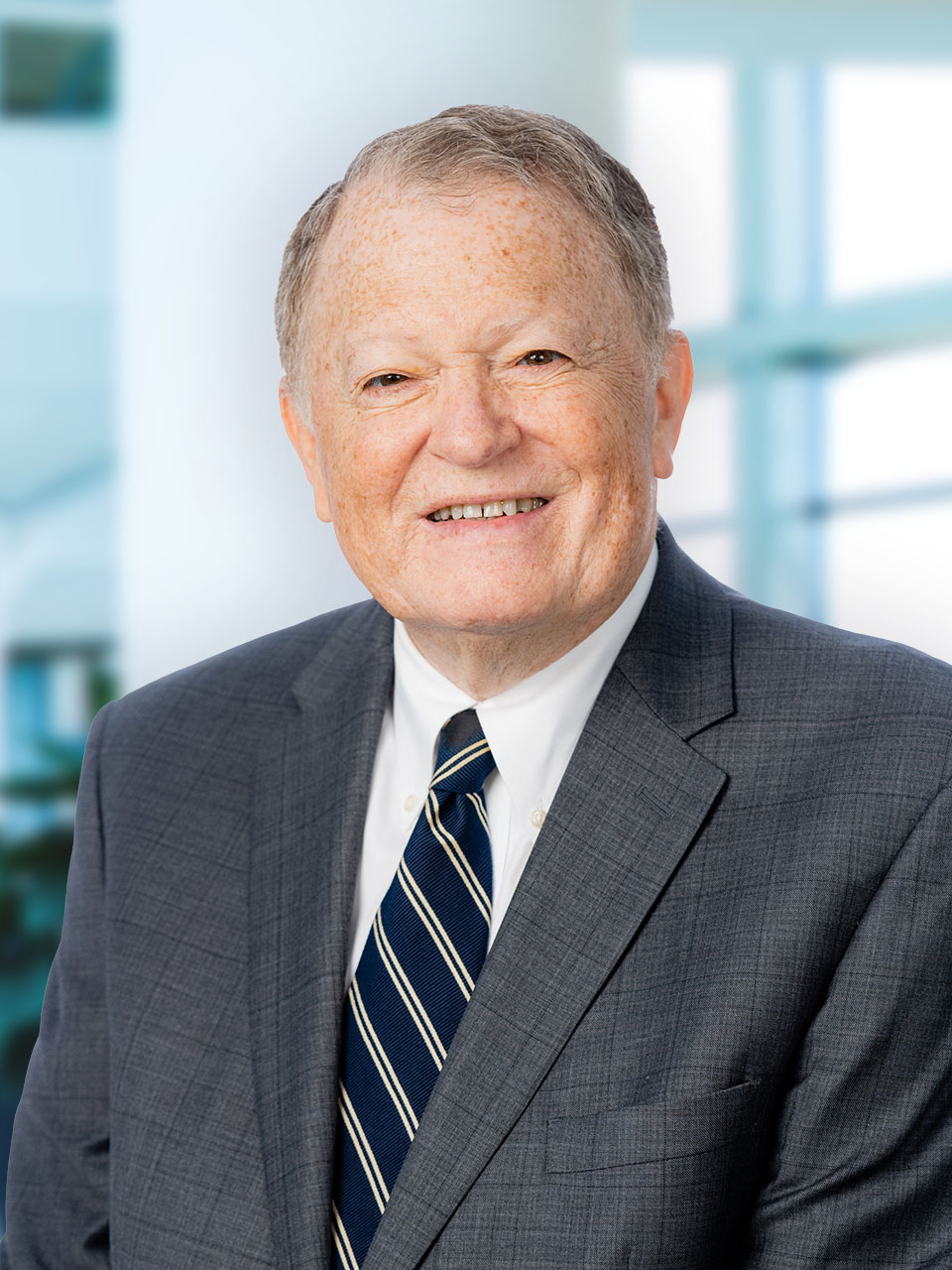The Four Biggest Myths About Starting A Community Campaign
If you look for them, you will find numerous reasons why your campaign cannot possibly work. There may be valid reasons to delay the start of your campaign, but the following are not among them!
1. You cannot have a campaign without an established and thriving annual fund already in place.
At the community level, it is the strength and urgency of your case for support that really carries the day. Obviously, you are far better off with a large and generous donor base, as these individuals are already committed to the success of your organization. But that doesn’t mean others won’t join in, even if they are not already part of the constituency. If the case on behalf of their community is powerful enough, and if your organization has a strong and credible enough reputation (not to mention the good fortune of a unique market position), then local philanthropists and others with a sense of civic pride can be convinced to join in. You will just have to organize it differently.
2. You must discontinue your annual fund during your campaign, because donors won’t support both.
Without a doubt, your community campaign is likely to have an impact on your annual fund, as many donors – particularly those at the lower levels of support – struggle with the trade-off decision as to where to put their finite resources. You should think carefully about your strategy for achieving maximum participation in the campaign while sustaining current participation levels in the annual fund at the same time, and accomplishing a net increase in the average total contribution from each donor in the process.
One way of doing this is to include the annual fund as part of the larger fund drive so that donors can combine their commitments and earn combined campaign recognition at the same time. It is wise to secure, if possible, one or two large unrestricted gifts from close friends of your institution to guarantee the requisite operating support during the campaign. If you have the staff or volunteer resources, you can also run a special drive during your campaign to acquire new annual fund donors to help make up for the loss and at the same time help assure a stronger annual fund after the campaign is over.
3. Choose a goal that is bigger than you think you can achieve, because you will raise more that way.
Some people believe that the more you set out to raise, the more you will raise, whether you actually achieve your targeted goal or not. Wrong! What you are able to raise will depend upon a number of variables – all of them carefully planned and coordinated:
- Your institution’s strategic plan
- Your case for support
- The right number of prospects, at the right levels
- The right fundraising machinery – staff and volunteers
- A well organized campaign plan.
If you set out to raise more than you have the capacity to raise, and announce this goal publicly, and then fail to achieve it, you will be declaring your campaign a failure, and condemning your institution to a faulty reputation. You will engender disappointment among your volunteers and your donors, and jeopardize the reputation of your executive director. Choose an achievable goal; tie it to deliverable objectives, then go over the top, thereby proving to one and all that you are even stronger than they thought you were!
4. If every member of your current donor base will just give the same pro rata “fair share” of the goal, then success will be assured.
This is a classical error, even though it may make sense arithmetically. First of all, there never was a fund drive of any sort that achieved 100% participation among its constituents. So the basic arithmetic cannot succeed. Second, human nature dictates that some people will respond more generously than others. Even more important is the fact that, some people have the financial capacity to make much larger gifts than others, so if you can correlate these two characteristics, you will be able to accomplish what all successful campaigns do – build a “pyramid” of donors, with a relative handful of very large gifts at the top, and an increasing number of participants at each succeeding level moving downward, until you hit the very broadest participation in the gifts under $1,000, achieving wide community participation and public validation of your campaign.


Comments
Questions or comments? Join the conversation!